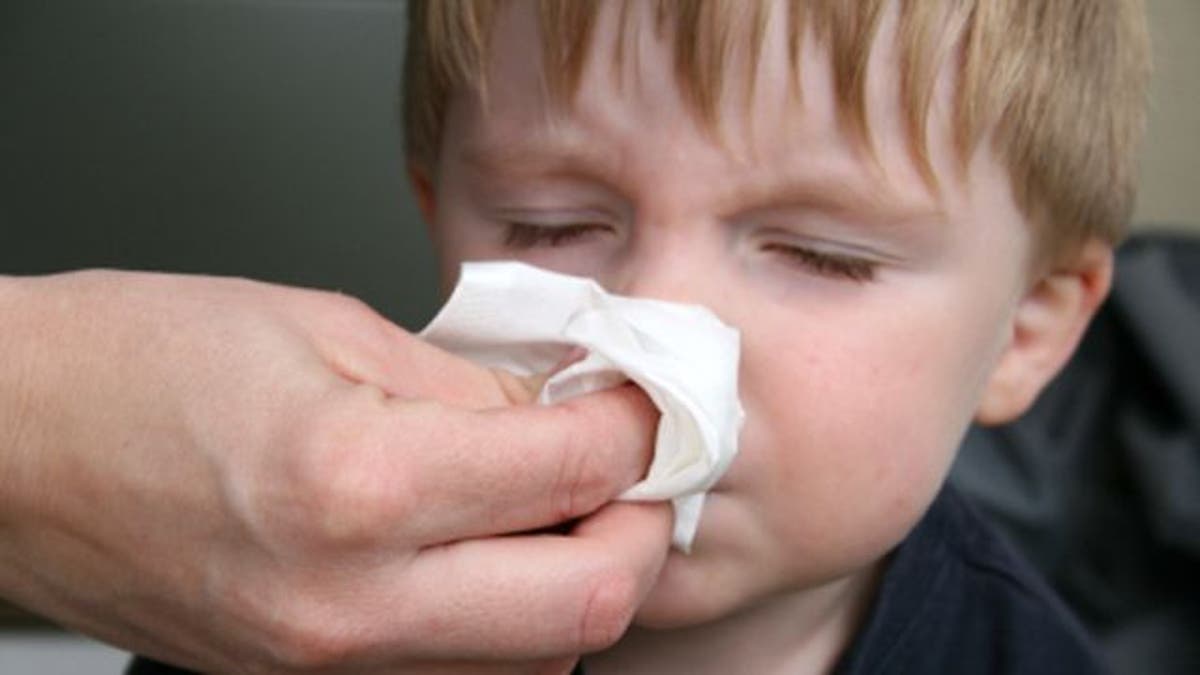
The sight of mucus may be gross – but it actually has many endearing qualities, according to MIT researcher Katharina Ribbeck.
“Without it, we wouldn’t be able to smell, we wouldn’t be able to reproduce, and we would all be the victims of pathogens,” said Ribbeck, the Eugene Bell Career Development assistant professor of Biological Engineering, in a press release.
Mucus is the body’s first line of defense, and it allows vital molecules, including nutrients and sperm, to enter. It also blocks harmful pathogens, like certain viruses and bacteria.
Ribbeck said she is trying to figure out why mucus chooses to block some pathogens versus others. This may answer the question of why some people are more susceptible to viral and bacterial infections compared to ‘healthier’ people. Mucin makeup is different in everybody, and it varies depending on one’s diet, age and time of year.
Previous research concludes that mucins are plentiful in breast milk, which is helpful in protecting babies from HIV and rotavirus. So Ribbeck tested the mucins’ ability to stop three different viruses from entering cells.
In the study, which appeared in a recent issue of Biomacromolecules, Ribbeck and her students made a gel of purified mucins and then coated human epithelial cells with a thin layer of the gel.
They exposed the cells to human pailloma virus (HPV), influenza A and Merkel cell polyomavirus. All three viruses became trapped in the gel, thus they couldn’t infect the cells.
Ribbeck said she believes the viruses were actually trapped by the mucins’ sugar molecules, which are similarly found on cell surfaces – so the molecules act as decoys.
The researchers discovered a high salt concentration made the mucins less penetrable, which explains why your doctor tells you to gargle with salt water or rinse your nose with it when you have a cold.
In further studies, Ribbeck hopes to determine why the salt is able to do this, as well as how these viruses are able to overcome the mucus barrier.
Ribbeck said she thinks mucins would be good additives to hygiene products and infant formula.
The study was funded by the National Institutes of Health.




















